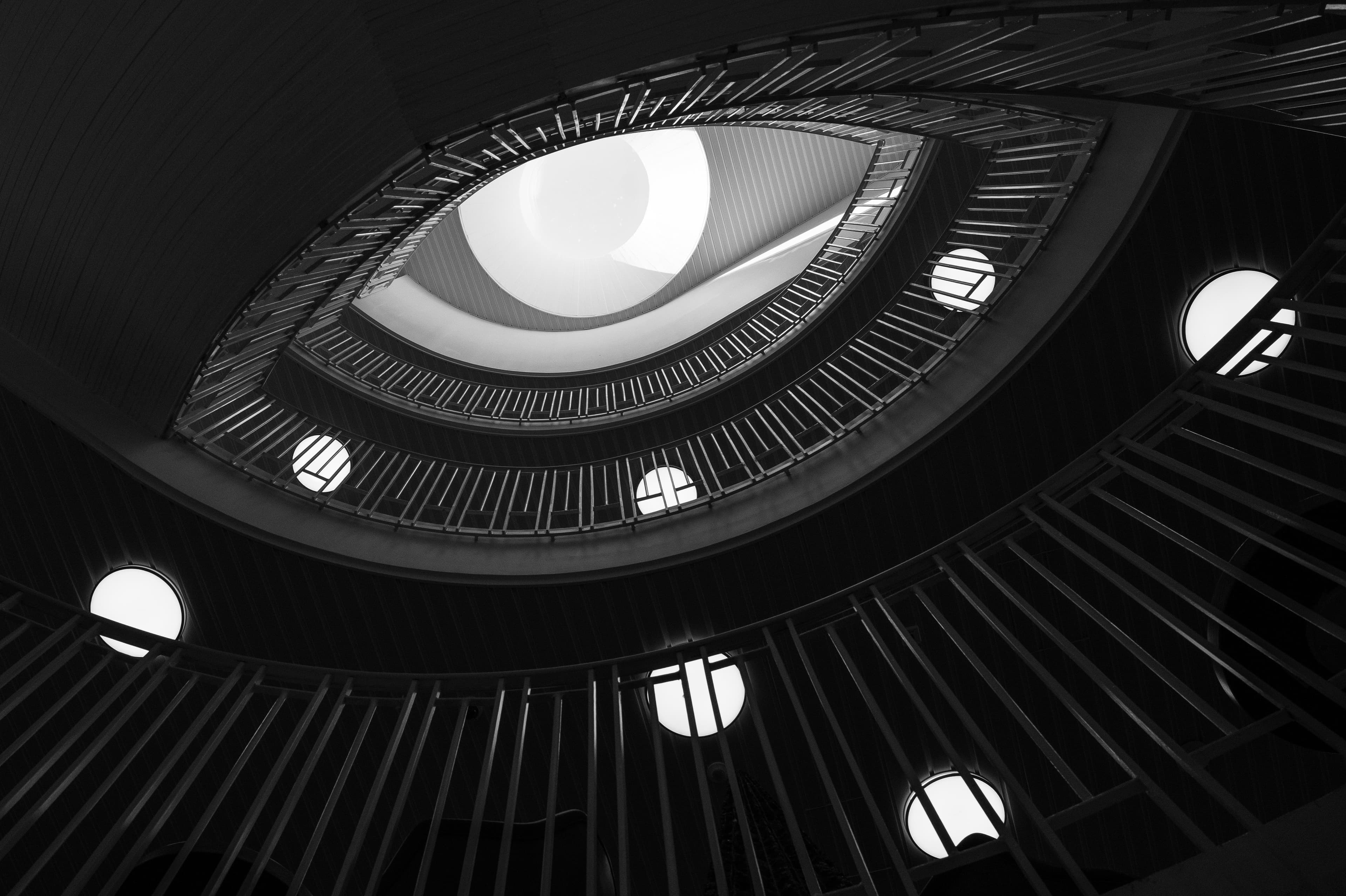Why Playwright visual testing doesn't scale
You touch a shared component and knowing it will affect multiple screens.
So you run your Playwright tests locally to regenerate the visual screenshots. It takes 40 minutes...
Once it's done, you go through the diffs. Some changes are expected, others are noise; fonts shift slightly, anti-aliasing artifacts, platform quirks.
You commit the new images and push your branch.
Then you notice a real visual bug you missed. Back to the tests. Another 40 minutes.
And if someone else touched the same screenshots? Merge conflicts, reruns, frustration.
This isn't just slow. It breaks your flow.
And this isn't a tooling problem. It's a model problem.
Why local visual testing breaks down in a team
- You have to run the full test suite locally just to regenerate screenshots before pushing
- You're comparing against screenshots you pulled which may already be outdated
- Screenshots live in Git, polluting diffs and causing merge conflicts
- Tests are flaky due to environment inconsistencies (OS, browser, rendering)
- Reviewing visual diffs is hard when you're limited to raw image diffs
Bootstrap a solution? A misguided approach

It's technically possible to run visual testing with Playwright in CI. You can use GitHub Actions and the artifacts system to store and compare screenshots automatically. Here is a full guide that explains how.
It includes maintaining custom scripts, juggling artifact storage, reverse-engineering Git history to find the right baseline, and constantly debugging flaky tests from subtle rendering differences.
The result is a fragile, time-consuming setup with no built-in UI to review visual changes. It works, but it's far from ergonomic or team-friendly.
A different approach: generate in CI, compare to production
A scalable visual testing workflow needs to flip the model.
Instead of running tests locally and storing screenshots in Git, what if:
- Screenshots were generated automatically in CI
- Comparisons are always made against the actual state of your production
- No one had to commit images manually
- Reviews in a dedicated UI where you can inspect visual diffs, accept or reject them, and track changes history
This is the model Argos follows.
You push your branch. Screenshots are captured automatically in CI.
They're compared to the single source of truth: main.
You get a visual diff. No manual test runs, no image files in Git, no guesswork.
You review the changes in the UI. If they look correct, you click “Accept” and done!
Visual reviews that fit into your workflow
Argos integrates tightly with GitHub and GitLab. Visual diffs are posted as comments with status checks directly in your pull requests.


You can:
- See what changed in every pull request
- Accept changes with a single click
- View the history of a given page or component's appearance across time
You review inline, with full context, and move on without pushing updated screenshots or rerunning tests.

Less noise, more trust
Argos also tackles another major pain point: stability.
Because screenshots are captured in a controlled CI environment, and processed with Argos' own stabilization algorithm:
- You benefit from consistent comparisons across all environments
- You see fewer diffs, and the ones you do see are meaningful
- Your workflow becomes streamlined, allowing you to focus on shipping features
Stabilizing visual tests with custom Playwright scripts is a never-ending task. At Argos, we've built a dedicated stabilization algorithm based on years of studying why visual tests fail. It automatically handles animation disabling, font loading, image normalization, and many subtle sources of false diffs, so you don't have to.
You can trust the output. You don't need to double-check every time.
Setting it up Argos with Playwright takes 5 minutes
Integrating Argos into a Playwright project is straightforward.
Basically, replace toHaveScreenshot with argosScreenshot in your tests.
// example.spec.ts
import { argosScreenshot } from "@argos-ci/playwright";
import { test } from "@playwright/test";
test("example test", async ({ page }) => {
await page.goto("https://playwright.dev");
await argosScreenshot(page, "homepage");
});And, update your playwright.config.ts file to upload screenshots to Argos at the end of the test run.
// playwright.config.ts
import { defineConfig } from "@playwright/test";
export default defineConfig({
reporter: [
// Use "dot" reporter on CI, "list" otherwise (Playwright default).
process.env.CI ? ["dot"] : ["list"],
// Add Argos reporter. Upload on CI only.
["@argos-ci/playwright/reporter", { uploadToArgos: !!process.env.CI }],
],
// Setup test debugging on CI.
use: {
trace: "on-first-retry",
screenshot: "only-on-failure",
},
});Curious? Try Argos on your next pull request: argos-ci.com
Conclusion: This isn't a plugin. It's a different model.
toMatchSnapshot isn't broken.
It's just not designed for projects that scale: for teams, CI, or long-lived codebases with multiple contributors.
At some point, what was once a convenience becomes a bottleneck. The visual testing tool becomes the thing slowing you down.
When that happens, the right move isn't to stop testing visuals. It's to adopt a model that fits the way your team actually works.


